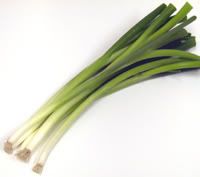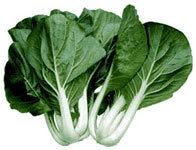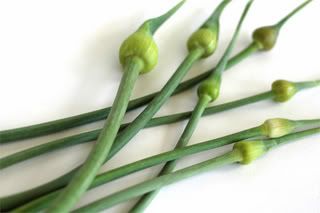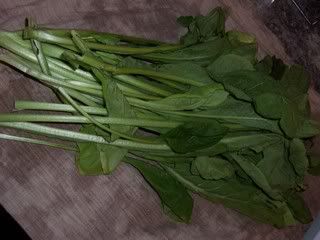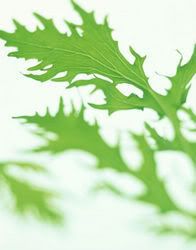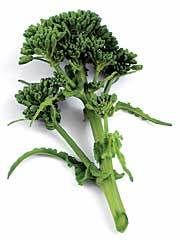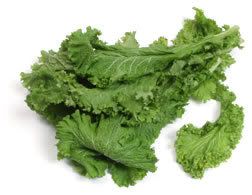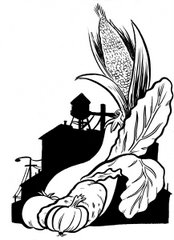This week we'll still have cooking greens (bok choi, kale, collards, and swiss chard--to be exact) and a salad mix, but our leafy green friends will be join by peas, scallions, and radishes.
What's new this week?

Give Peas a Chance. Peas are a good source of vitamin A, vitamin C, folate, thiamine (B1), iron and phosphorus. Just one serving of peas contains as much vitamin C as two large apples, more fiber than a slice of wholegrain bread and more vitamin B1 than a pint of whole milk. Store unwashed peas in perforated plastic bags for a few days. The sooner they are eaten the better. Peas taste great tossed in omelettes, pizzas, pastas, soups, salads, casseroles and curries, but they also taste good on their own. Peas cook in under 3 minutes and can be steamed or boiled. The less water you use when boiling, the less vitamin C lost. (Info from Peas.org)
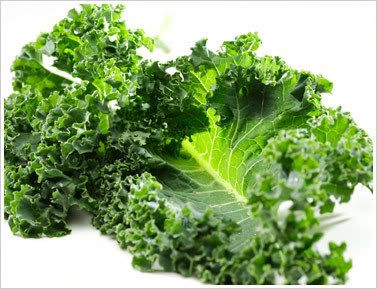
Kale is a leafy green vegetable that's packed with vitamin A, vitamin C, and calcium. It's also a good source of fiber. Kale should be washed, stored, and prepared like other greens. Kale can be sauted, steamed, or braised. It also tastes great in stir-frys, salads. soups, and stews. (Info from WHFoods.)

Collards are a leafy green veggie belonging to the same family as kale. Collards have a mild, smoky flavor and are popular in Southern cuisine. They're rich in vitamins K, A,C, and E as well as fiber and calcium. Collards can be washed, stored, and prepared like other greens. (Info from WHFoods.)
Pea Chili in Taco Shells
- 2 tbsp vegetable oil
- 12 oz. faux ground beef-style crumbles (eg. Yves Veggie Ground Round or Morning Star Veggie Crumbles)
- 1 onion, peeled and finely diced
- 1 clove garlic, peeled and crushed
- 1 tsp cumin seeds
- 1 –2 tsp chili powder
- 2 tbsp tomato puree
- about 2 cups navy beans (1 can drained and rinsed or 2 cups cooked)
- 4 oz tomato paste
- Dash Worcestershire sauce
- Sea salt and black pepper
- 1 1/4 cup frozen peas
- To serve:
- Taco Shells, grated cheese, shredded lettuce, soured cream (optional)
- Heat 1 tbsp of the oil in a large, deep frying pan and brown the burger crumbles. Remove from the pan and set aside. Heat the remaining tbsp of oil in the pan and add the onion. Cook gently for 5 – 10 minutes until softened and translucent. Add the garlic, cumin seeds and chili powder to taste, depending on how hot you like your chilli. Cook the garlic and spices with the onion for 1 minute, then add the tomato puree and cook, stirring for a further minute. Add the navy beans to the pan and coat with the onion and spice mixture, then return the browned burger crumbles to the pan and mix well.
- Add the tomato paste and Worcestershire sauce. Season to taste with salt and pepper. Bring to the boil, and simmer gently for 10 – 15 minutes, until the liquid has reduced and the chili has thickened. Add the frozen peas and simmer for a further 3 minutes.
- Serve the chili in the taco shells, with grated cheese, shredded lettuce and soured cream on the side.
Curried Collard Greens and Lentils
- 3 lbs. Collard Greens, chopped
- 2 cups Onions, diced
- 2-3 tbsp. Garlic, crushed
- 1 tbsp Olive Oil, extra virgin
- Red Pepper Sauce, to taste
- 1 lb Carrots, thinly sliced
- 1 lb Lentils, dry
- 2-3 tbsp. Curry Powder (pre-blend or favorite mixture)
- 1 cup Raisins
- 1 - 28 oz. can Tomatoes, crushed (unseasoned), or 4 ripe tomatoes, crushed
- Cooked brown Basmati Rice (or your favorite rice)
- Place 4 cups of water in a covered glass pot on the stove top and bring to a boil. Wash and remove any stones from the lentils and add to the pot of boiling water. when the water begins to boil again, lower the heat to simmer, and continue cooking until all the water is absorbed (about 20-30 minutes).
- Wash, peel and dice the onion, and place in a large covered glass or ceramic baking dish. Wash, peel and crush the garlic and add to the onions in the baking dish. Add the olive oil and red pepper sauce and mix the ingredients together. Bake in a microwave oven on "high" for 5 minutes, or in a conventional oven at 350º F. until the the onions become slightly translucent.
- While the onions are cooking, wash and peel the carrots and thinly slice by hand or in a food processor. When the onions are cooked, add the carrots, mix, and cook for another 5 minutes.
- While the carrots are cooking, wash and chop the collard greens by hand or in a food processor, and add to the cooked onions, garlic and carrots.
- Open the can of tomatoes and pour into the baking dish. Add the raisins and curry powder (make your own or use your favorite pre-blended curry powder). Mix well and bake for another 10 minutes.
- Add the cooked lentils and continue baking until the collard greens are tender (20-30 minutes). Mix about every ten minutes during the cooking process.
- Cook the basmati rice in a covered glass pot on the stove top (we suggest cooking 2 cups of rice in 4 cups of water) You can use the same pot that you used to cook the lentils.
- Serve the curried collard greens and lentils over a bed of basmati rice.
Garlicky Kale with New Potatoes
- 1 large bunch of kale or collard greens
- 24 small new potatoes (2 lbs.) scrubbed
- 1 Tbs olive oil
- 1 small onion
- 3-4 cloves garlic, crushed
- 1/4 to 1/2 C water
- Juice of 1/2 lemon to 1 lemon, to taste
- Salt and pepper to taste
- Remove stems and thick midribs from greens. Discard stems; midribs may be finely diced and used if desired. Rinse greens several times to make sure that all sand and grit are removed.
- Steam or microwave potatoes in skins until tender. When cool enough to handle, cut in half. Meanwhile, in large pot or stir-fry pan, heat oil over medium heat. Add onion and garlic and cook, stirring frequently, for 2-3 minutes. Add greens, cover and steam until just tender, adding 1/4 to 1/2 C water as needed (steaming time varies greatly, so check frequently, but a good estimate is 10-15 minutes). Drain and transfer to colander. Remove and discard garlic.
- When cool enough to handle, squeeze out excess liquid.
- In a serving bowl, combine chopped greens, potatoes and lemon juice; toss to mix. Season to taste with salt and pepper and serve.
Did you make something interesting with your CSA share?
Email the recipe and a picture (if you have one) to sugarshakes@gmail.com and I'll feature the recipe on the blog and on our website. Please also leave comments on our blog if you've tried any of the published recipes.

